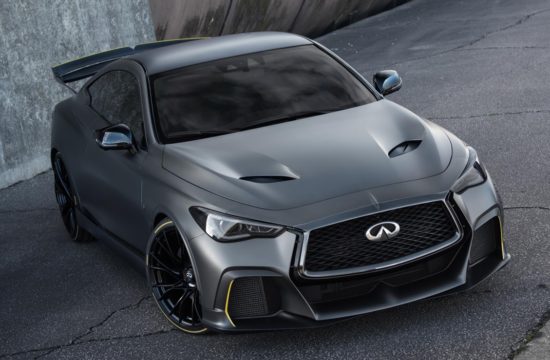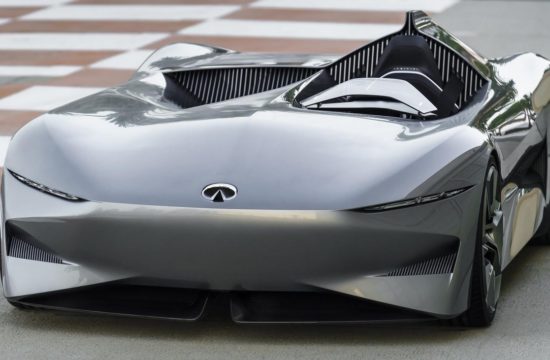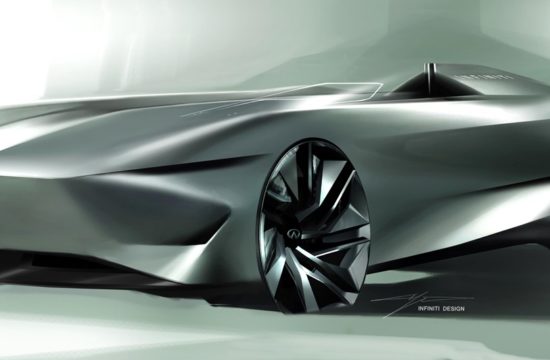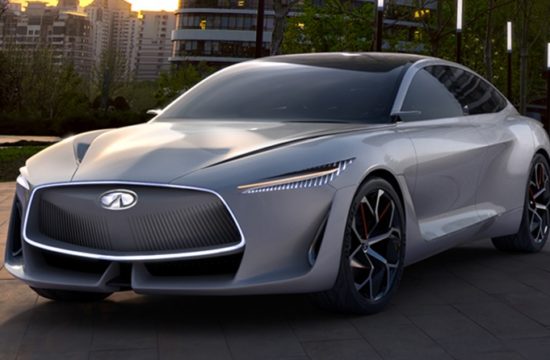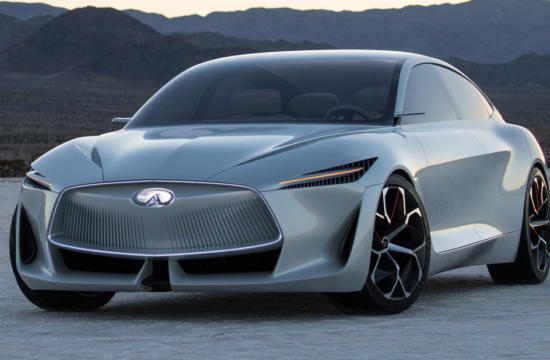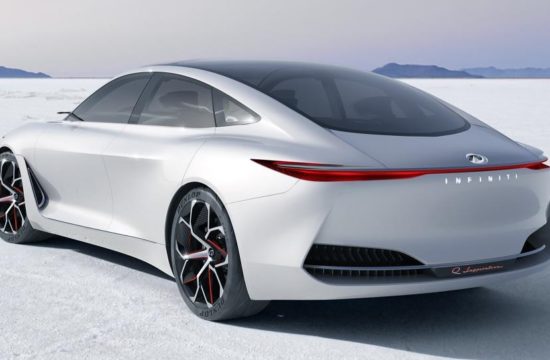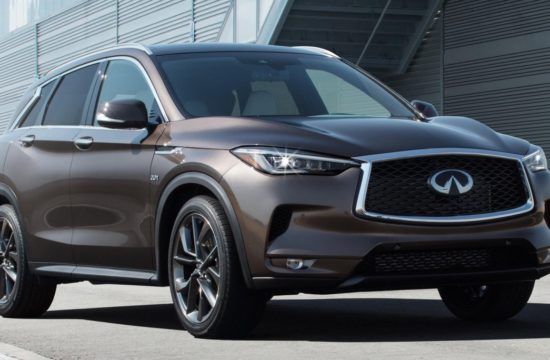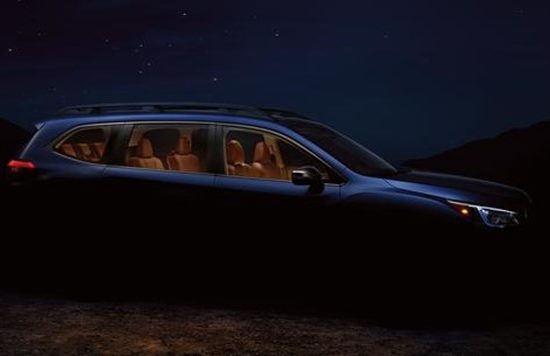
As you know Infiniti brand was created to represent Nissan’s luxury cars in the US, but then someday they realized it was a stupid idea skipping Europe altogether and decided they want a share of this big market as well! Now trying to improve their image in the green continent, Infiniti is changing its habits and launches a diesel engine for the first time to be used in Euro-spec EX and FX crossovers and later in the M sedan.
As mentioned it’s a 3.0 liter V6 diesel which delivers 175 kW (238 hp) and 550 Nm of torque, available with a seven-speed automatic transmission. With this unit, the EX30d does 0 to 100 km/h in 7.9 seconds while the FX30d does it in 8.3 seconds. On the upside, it’s fairly economical at 8.4 l/100kms for the EX and 9.0 l/100kms for the FX.
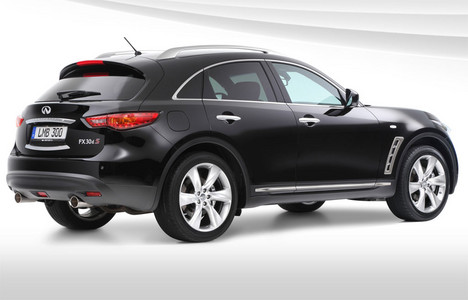
| Power | 238 PS/ 175 kW |
| Torque | 550 Nm from 1,750-2,500 rpm |
| Intake system | VN turbocharger and intercooler |
| Injection system | Common rail, 1800 bar and piezo injectors |
| Compression ratio | 16:1 |
| Camshaft drive | DOHC, chain and pinion with mechanical lash adjuster |
| Valve drive | Roller finger follower and hydraulic lash adjuster |
| Valves per cylinder | 4 |
| Cylinder head/block | Aluminium/CGI |
For more details on this engine check out Infiniti’s press release below…
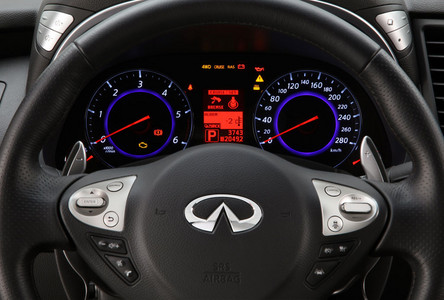
The V6 diesel in detail
Designated V9X, Infiniti’s new V6 diesel has been developed in Europe by Infiniti engineers working with other engineers from Renault and Nissan. It is made at a state-of-the-art facility in Cleon in France, some 100 kms west of Paris. From the very start of development, the new unit was created to answer Infiniti’s demands for a powerful but exceptionally refined diesel engine, quiet enough in use to match the high standards set by the petrol engine.The unit will also be used in cars from Renault and Nissan, allowing both those brands to broaden the appeal of specific model ranges at the same time as boosting production volumes of the engine. Unusually, V9X will power front-wheel drive, rear-wheel drive and four-wheel drive models.
With Infiniti’s specific requirement for a compact unit delivering high levels of power and torque with competitive emissions, strong economy and unrivalled refinement leading the development, work on the direct injection 2993cc V6 began in 2005.
Although a V8 diesel engine was investigated, the V6 format was identified early on as the ideal layout for the unit, providing the optimum balance between overall performance, refinement and volume potential across the three Alliance brands. Target performance was 238 PS (175 kW), 500 Nm of torque and early compliance with forthcoming Euro 5 emission legislation.
At the same time, the engine bay architecture of the EX and FX models – designed initially as petrol models only – called for a compact engine which, if it were to be used in both transverse and longitudinal positions, would need to have a comparatively narrow vee angle as close to 60 degrees as possible.
Engineers decided that the ideal vee angle for the unit would be an unusual 65 degrees. This offered an excellent compromise between crankshaft balancing, crankshaft and cylinder block reliability and engine packaging with the 65 degree angle wide enough to allow the single turbocharger to be neatly mounted within the vee.
But perhaps the key element to the success of the new V6 is the material chosen for the engine block. While some rivals tend towards aluminium-alloy cylinder blocks to reduce the weight of their diesel engines, development engineers felt that to achieve the desired levels of refinement an aluminium block would need extra material added to increase its stiffness and reduce noise levels. It might also need extra complexity added in the form of balancer shafts to boost refinement, but all these additions negate the weight advantages of an alloy block.
Conventional cast iron, however, would place too much weight over the front wheels and lower the levels of driving pleasure offered by all Infiniti vehicles. In its place, the engineers chose Compacted Graphite Iron (CGI), a material that offers all the benefits of cast iron and more – it has higher levels of stiffness and noise absorption – but without the weight penalty. And while CGI is heavier than a pure aluminium block there is no need to add stiffening ribs or extra sound deadening material so the weight gain is comparatively modest.
CGI was patented in 1949 and its first commercial application was for the brakes of Europe’s high-speed trains. It is 75 per cent stronger and up to 75 per cent stiffer than grey iron, the most common form of cast iron found in engine cylinder blocks. It also performs better than aluminium at higher temperatures when it is up to five times more fatigue resistant. Best of all, the weight of a typical engine block can be more than 20 per cent lower than an equivalent cast iron block.
To manage the high loads on the engine structure commensurate with the impressive power and torque outputs, the overall stiffness of the engine structure was optimised at the design stage by incorporating a number of specific features. These included a large and stiff coupling face between the converter housing and the engine; the CGI cylinder block with semi-deep skirts; direct bolting of ancillaries on the crankcase; an integrated engine bracket in the upper timing covers; a structural oil pan; a stiff torque converter housing and an axial driveline bearing on the gearbox side.
At the same time, to reduce vibrations inherent in a diesel engine and avoid unwanted resonances in the rev range, intensive structural optimisation during the preliminary design stage used finite element calculation to identify both the source of vibrations and to establish the ideal structural form of the block.
The result is a compact, architecturally stiff and refined unit that by itself delivers two of Infiniti’s design goals: high levels of refinement and no loss of chassis balance. In tests, Alliance engineers have determined that the V9X engine has the lowest 250 Hz and 500 Hz vibrations of all the benchmarked engines.

